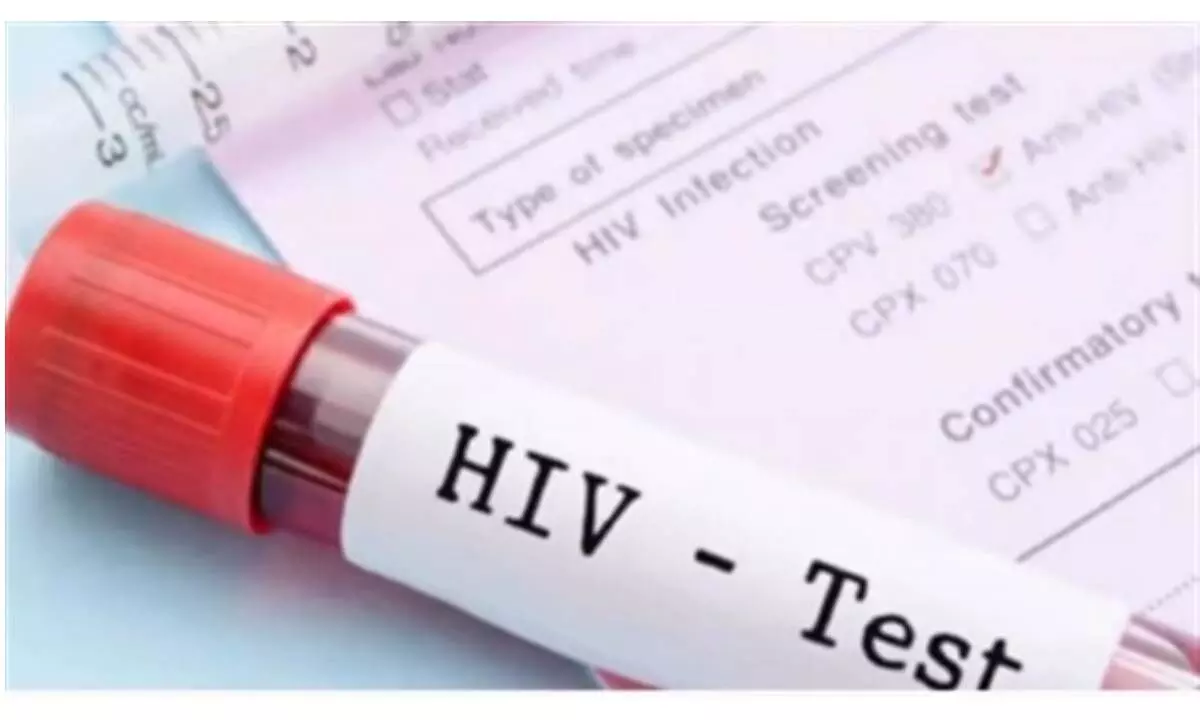Girls still 2x more likely to contract HIV than boys: Unicef
Girls continue to be more than twice as likely to contract HIV than boys, according to the Unicef’s latest report
image for illustrative purpose

New York, Dec 18: Girls continue to be more than twice as likely to contract HIV than boys, according to the Unicef’s latest report.
The report said girls continue to bear the brunt of the HIV epidemic, even though total infections among girls aged 10-19 have almost halved since 2010 -- from 190,000 to 98,000.
In 2022, nearly 98,000 adolescent girls aged 10-19 were infected with HIV -- or 1,900 new infections every week.
This is in-part, due to gender inequalities which often result in girls being disempowered to negotiate safe sex; poverty that manifests in communities being located far from healthcare centres; and a lack of access to HIV prevention and sexual and reproductive health programmes, the report said.
“It is unacceptable that adolescent girls, who should be planning their futures, continue to bear the heaviest burden of HIV infection,” said Anurita Bains, Associate Director of HIV/AIDS at Unicef, in a statement.
“We -- the UN, communities, governments and organisations --must eradicate the obstacles that make HIV a threat to their health and wellbeing. This includes ensuring the sexual and reproductive health and rights of adolescent girls and young women are met,” Bains added.
In sub-Saharan Africa, HIV prevalence among adolescent girls and young women, aged 10-24 years, is persistently over three times higher than among their male counterparts.
The latest data shows that Eastern and Southern Africa continues to carry the overwhelming burden of HIV infection among the 0-19 age group, followed by West and Central Africa; East Asia and the Pacific; Latin America and the Caribbean and South Asia.
Globally, there were 270,000 new HIV infections among all children and adolescents aged 0-19 in 2022, bringing the total number of young people living with HIV to 2.6 million, the report said.
Progress toward ending AIDS remains slow, with 99,000 children and adolescents aged 0-19 years dying globally due to AIDS-related causes in 2022, accounting for 15 per cent of all AIDS-related deaths, even though this age group comprises just 7 per cent of people living with HIV, the report noted.

